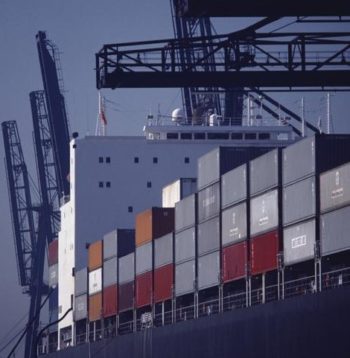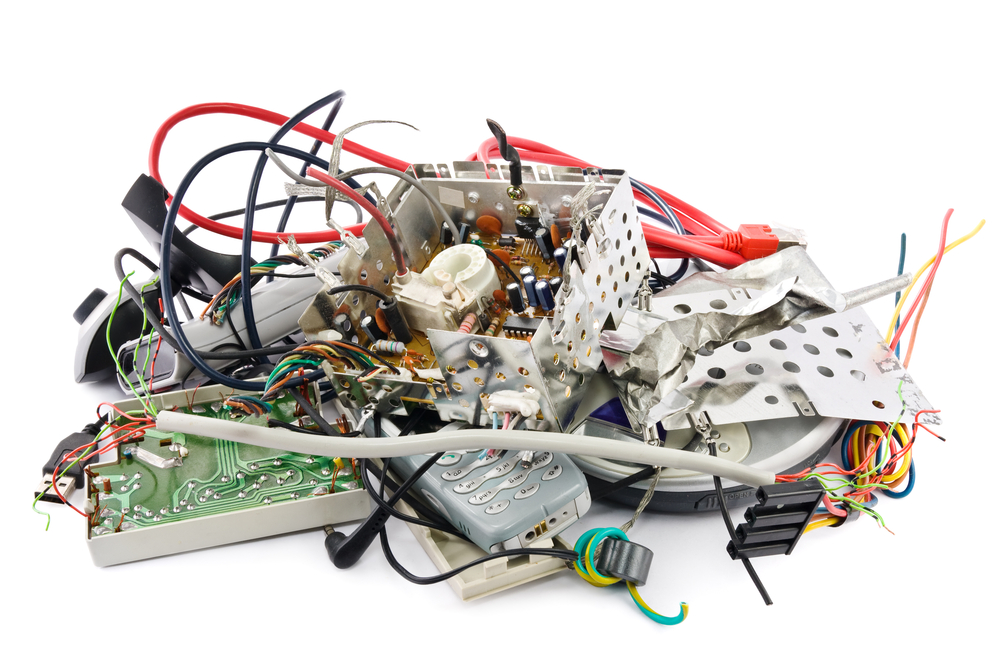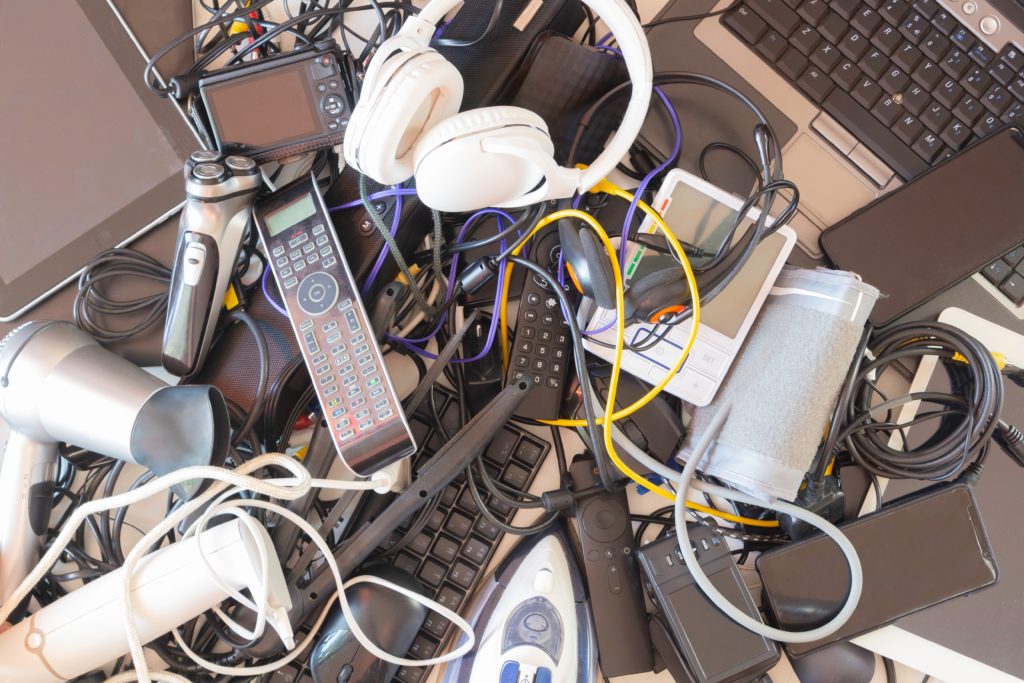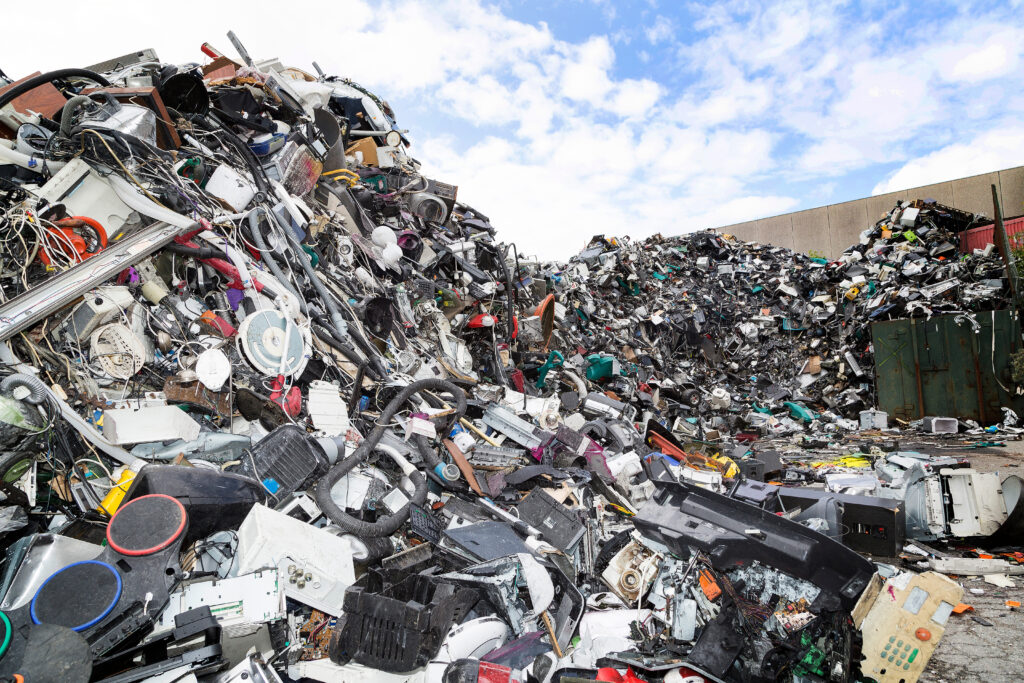The WEEE Directive sets a minimum collection rate of 65% of all WEEE relative to the average weight of electrical and electronic equipment placed on the market in the preceding three years or 85% of the WEEE generated in a member state.
Figures for 2019 are not yet available as member states must report to Eurostat on that year’s data by June 2021. The UK will be included within the figures because it was still a member of the EU at the time.
However, figures have already been published by the government for both 2019 and 2020, with the UK missing the target (see letsrecycle.com story).
Bulgaria and Croatia
In a review of EU WEEE targets published on 20 May, the Auditors’ report said data showed only Bulgaria and Croatia would reach the 65% target for 2019. It believes no member state will achieve the alternative 85% target.
Joëlle Elvinger, the ECA member responsible for the review, said: “The collection and recovery of e-waste in the EU has improved over time, and the EU currently recycles about 80 % of the e-waste it collects.
“However, the collection, recycling and reuse of e-waste are not equally effective in all member states and could be further increased. We also observed some challenges in the way the EU deals with the mismanagement of e-waste, illegal shipments and other criminal activities.”
Recycling
Data from Eurostat shows that more than 87% of the WEEE collected in the EU from 2012 to 2018 was recovered and more than 80% was recycled.
Recovery comprises various sorts of operations, including recycling, preparing for reuse, and incineration for energy recovery.
The ECA published its review of EU WEEE targets in preparation for the European Commission’s ‘Circular Electronics Initiative’, which will be presented in the fourth quarter of this year. The initiative aims to promote longer product lifetimes through measures such as regulation on chargers for mobile phones and similar devices and a review of EU rules on hazardous substances in electrical and electronic equipment.
Illegal shipments
The ECA’s review also highlighted the criminal activity involved in the management of WEEE, including illegal shipments.

It pointed to the 299 illegal WEEE dumping sites in areas such as forests, industrial zones and agricultural land identified by Italian authorities from 2009 to 2013 and the WEEE recycling company caught hoarding “significant amounts” of WEEE caught by Spanish authorities in 2020.
According to the European Commission, member states including the UK reported 2,800 illegal waste shipments, encompassing all kinds, between 2013 and 2015.
Between 2014 to 2015, a group of 14 environmental authorities from European countries and regions which did not include the UK reported 815 waste shipment violations, 99 of which related to illegal shipments of WEEE.
A report from BlockWaste, a European illegal waste trafficking project, estimates that 33% of the hazardous waste generated in the EU, which include hazardous WEEE, was not recorded as treated between 2010 and 2014, the ECA says.












Subscribe for free